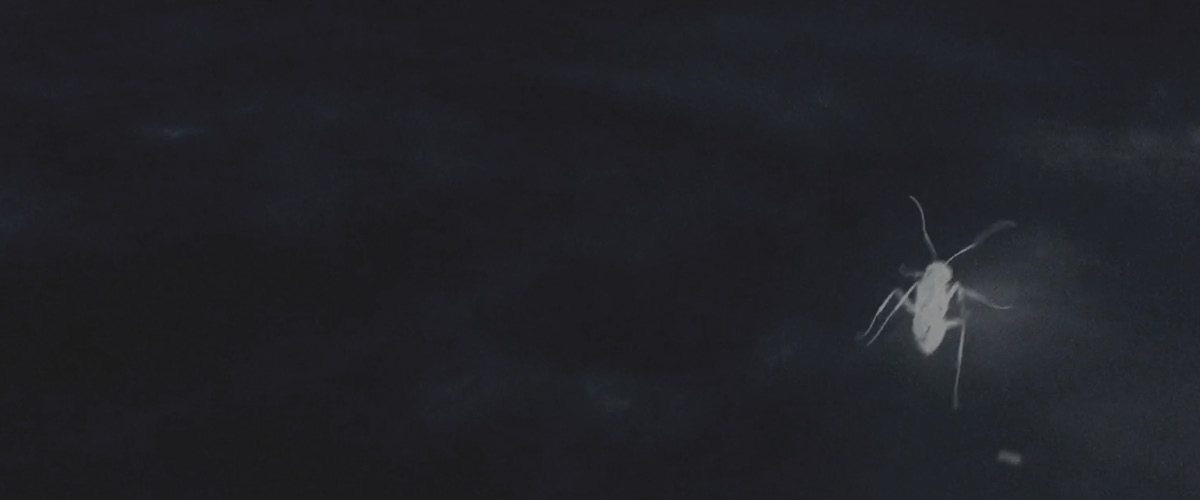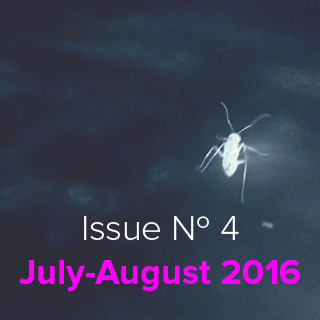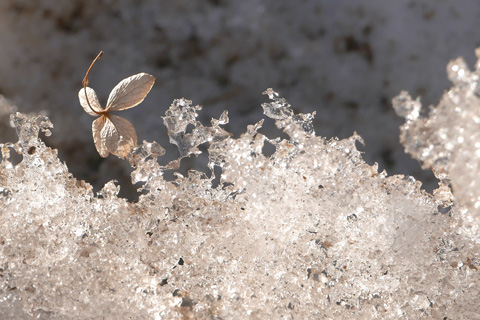I have faced death in ways most people in the modern world can’t comprehend. I have felt my heartbeat slow and my limbs go numb as I waited for dawn in a flimsy bivouac amidst a world of snow and ice.
I have watched the immense and (thankfully) indifferent brown bear lope past, close enough to touch. I have clung to a flinty crack, all of my weight on two fingers, nothing but the void below me.
I’ve been a heartbeat away from my own end and forced to know it. And then how soon I’ve forgotten. Back in comfortable surroundings, death seems as implausible as a dream. Although we each walk through the world awaiting our fated bolt, I think we all prefer to keep that knowledge unthinkable.
CONTENTS
Sponsor’s Note: The Distance on the Look of Death
Flowers
Meat
Lady of Black Needle and String
Death of the Plague Legion
True Things I Shouldn’t Have Said Anyway (at a funeral)
Perhaps to allow death into our thoughts is to be possessed, to see the world universally shaded over, drained of color, and turned into a giant sluice toward nothingness. We can only handle so much of it. It is the power of death’s certainty—the one true certainty—that twists our thoughts toward itself, like an unavoidable black hole. When my thoughts are so inhabited, nothing else seems solid. If I were to stand over a newborn sleeping in a crib, I would pronounce the certainty of his end, like a benediction.
If you’ve been to our flagship retail store, you’ve seen the glass-faced specimen cabinets lining the walls. In them are 1,954 different species of insects, arachnids, and myriapods, all collected by my grandfather, the founder of Gorgons Bluff Ltd. Almost two thousand little corpses, some as bright as jewels and others fantastical and strange as an artist’s imaginings. They are cataloged by order and genera. They can be studied, they can be understood, classified, and known. Known because they will not develop or change again. They are a model of knowledge and order. They remind us that knowledge walks backward, gazing at what’s already been.
So, I would argue that knowledge is a sort of reflection of the certainty only death provides. But what of death itself? Can it be known? There’s the rub: Can we know our own death—the one thing we’ve awaited since birth? The specimens collected by my grandfather were plucked off of a green stalk, dropped into a fog of ether, and then all was dim for them. Similarly, while we all stumble along our path, knowing that the drop lies somewhere in front of us, will we know the moment we fall into that one certainty?
A line of poetry has helped me in my efforts to contemplate this problem. You may not know this about me, but one of my diversions is to memorize works from the canon of American verse. These poems give me substance to knead and manipulate in my mind when I am on one of my ultra-endurance bike rides or attempting some feat of alpinism. In recent weeks, I have been turning over a poem by Emily Dickinson, which ends with the words, “The distance on the look of death.”
Such a line can never be fully excavated. However, I have found treasures in the fact that this poem, this slim work of genius, ends on the word “death.” There is the certainty I mentioned before. And yet, back up a little and you find the “distance,” the space that can’t be closed, until the final curtain closes. What creates the distance? The “look.” We can’t know exactly what is meant by that word. It is both precise and prismatic. Is the “look” our gaze toward death or is it the unmoving countenance of the departed? Do we by looking become possessed of death? If the look is distant, how much farther off is death itself? Or is the look everything we can see of death, signaling the distance of the thing itself?
I do not know, though I suspect that the best answer to the problem is in asking these questions. Since I have been preoccupied with these thoughts, I have asked the editors of The Stoneslide Corrective to shape their current issue around this line of inquiry. Please take a look.
Clark Van Steedt
Clark is the CEO of Gorgons Bluff Ltd., the worlds finest purveyor of naturalists’ necessaries™. An avid mountaineer and semi-pro entomologist, he holds the record for highest altitude identification of a species of Diptera.
READ THE REST OF ISSUE NO. 4.
CONTENTS
Sponsor’s Note: The Distance on the Look of Death
Flowers
Meat
Lady of Black Needle and String
Death of the Plague Legion
True Things I Shouldn’t Have Said Anyway (at a funeral)




